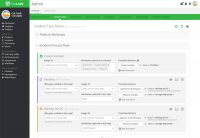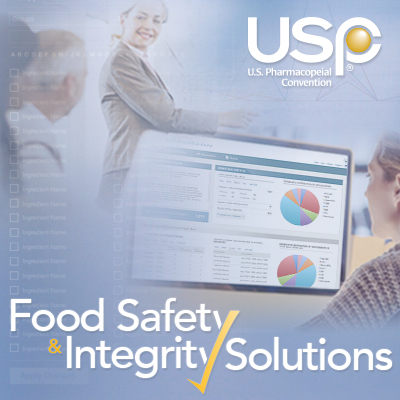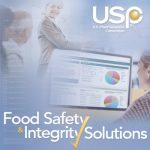From countless recalls, to FSMA deadlines, to the rising demand for transparency, 2016 has been a monumental year in the food industry. With 2017 knocking, here are the top trends and predictions to watch out for in the food industry next year.
1. Moving Toward a Fully Digital, Connected Supply Chain
The food supply chain in many ways is still lagging behind in technology compared to other supply chains. In 2017, many companies will begin or continue on their journey to fully digitize their supply chain, whether that is simply getting their list of approved suppliers out of an Excel spreadsheet and into a supplier management software technology solution or fully capturing every step of their products along the journey from farm to fork.
The spectrum of digitization across the supply chain is quite broad. But bottom line, supply chain analytics will empower food companies to create useful KPIs, allow them to truly measure the ROI of their supply chain initiatives and give consumers the transparency that they demand. And systems that fully support the daily monitoring, sharing and interpretation of those analytics needed to help companies will experience tremendous growth in 2017.
Collaboration with your supply chain partners is an absolutely critical element, and we can expect to see more companies fully integrate throughout their network of suppliers and customers. Food companies that will succeed in 2017 will need a fully integrated supply chain network, with access to the same information, working towards a shared mission to deliver results and be ahead of their competitors. A connected supplier network will allow food companies to be agile when faced with an issue, responsive to recalls, as well as be flexible and efficient.
2. Recalls, Recalls, Recalls
We saw a high volume of recalls this year, and this trend is not going away anytime soon. As more and more advances in food testing are made, companies will have access to new technologies across their supply chain that will identify issues early. Consequently, more products will need to be pulled out of the supply chain because of that increased testing in order to maintain consumer sentiment.
The companies that are able to roll out these capabilities quickly and efficiently—armed with the data needed—will be well poised to manage their supply chain, potential recalls and the impact to their customers. With the knowledge that we can expect to see several recalls in the new year, food companies should be looking to mitigate risks and better manage their supply chain.
3. Full-force FSMA Is Here Whether You Like It or Not
FSMA focuses on amplifying preventive controls for food production in order to alleviate potential food contamination outbreaks, and the past two or more years have been focused on this preparation. This preparation will come to a pinnacle in 2017, the first full year of FSMA implementation worldwide, with the FDA starting audits for larger companies. This could lead to the FDA requesting required records, conducting audits and in the worst situation for food companies, shutting down operations if they feel it’s necessary.
FSMA will require detailed record keeping when a recall or outbreak occurs, with clearly defined corrective actions in place. Companies will see an increased need for technologies that help supply preventive processes such as food allergen and sanitation controls, as well a prepared recall and supply chain plan. Tracking and traceability will be the two key parameters that will offer manufacturers the ability to examine specific foods and trends to improve their overall process. In order to comply with these new FSMA regulations at every step of the process, food companies will increasingly look to utilize these technologies to account for full traceability of the supply chain.
4. Growth in Foodservice At the Consumer’s Doorstep
Brands like Starbucks and Panera have been testing the food home delivery waters, but more companies seem to be jumping onto the trend of bringing gourmet food directly to the consumer’s doorstep—Blue Apron, Plated, HelloFresh just to name a few.


















